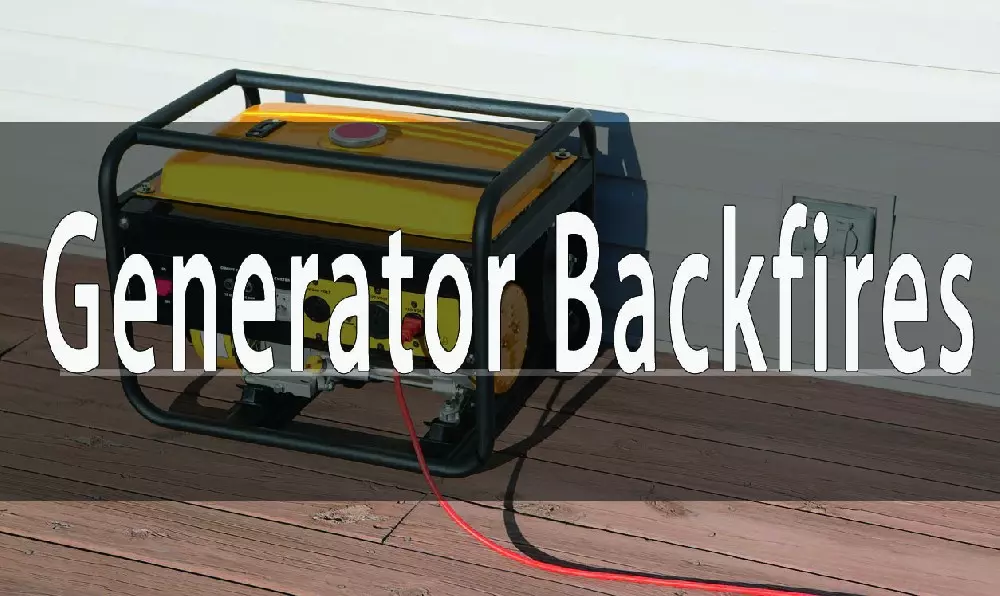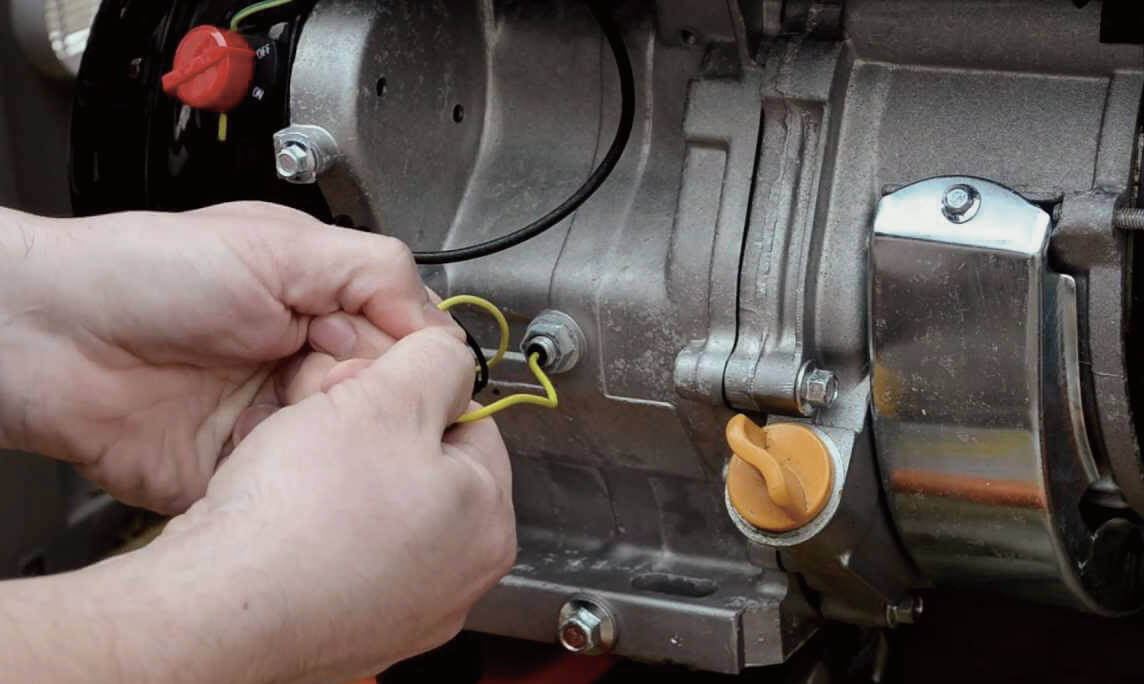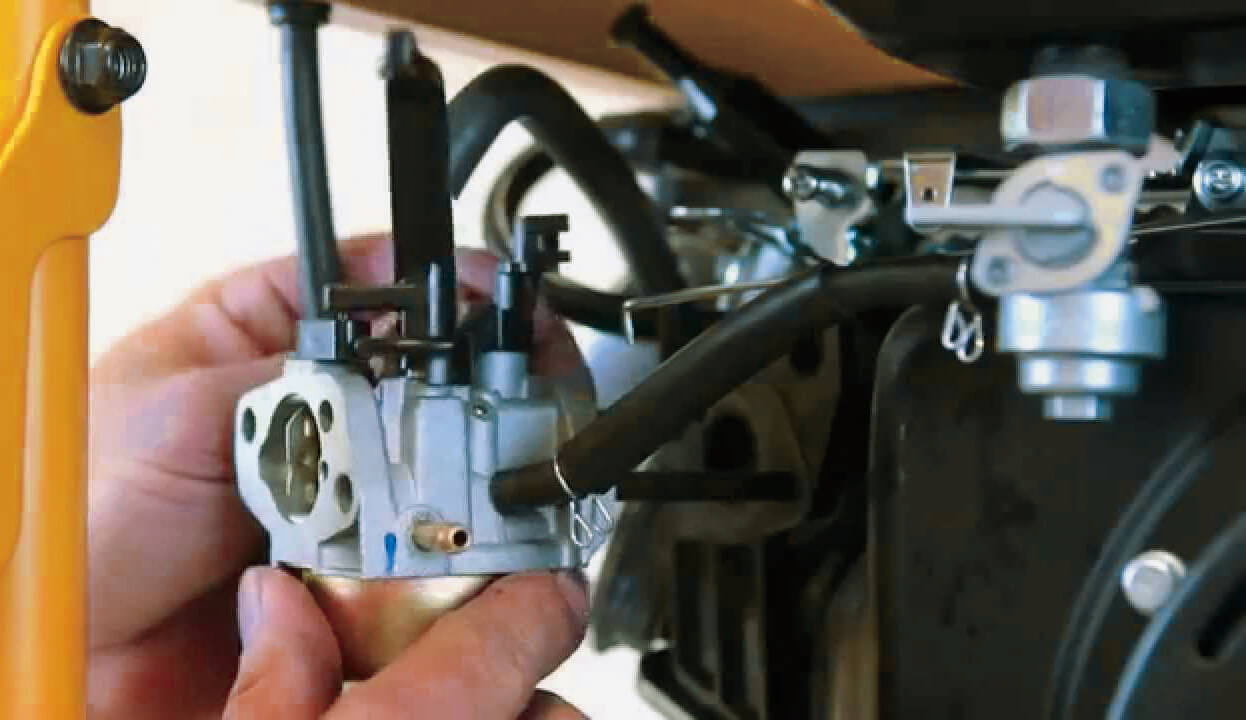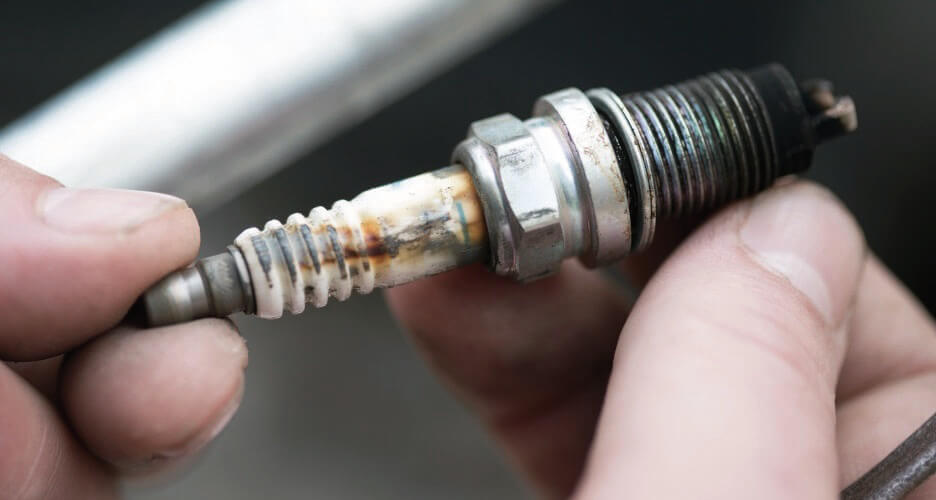19Dec 2022
table of contents
You definitely know something is wrong with your generator when you hear a loud popping sound and maybe even flames or smoke coming from the exhaust pipe or carburetor. Most people when experiencing any of these symptoms will simply say they are experiencing the "opposite".
There's actually a difference between a true "backfire" where you hear your carburetor pop or see flames coming out of your carburetor, and "board" where your exhaust itself pops or flames.
A bad flashback can ignite the fuel in the carburetor, causing a fire. Please follow BISON to learn more about generator backfires.

Just like your car, your portable generator needs lubricating oil to reduce friction within the engine. Fill your generator with clean, high-quality oil and place the machine on a flat surface for best results. However, do not overfill your engine generator with oil, as this may damage the performance of the unit.
If your generator is backfiring when you try to start it, check the dipstick. Pull out the dipstick, wipe it clean with a rag, and plug it back in. When taking it out again, check that the oil level is higher than the minimum oil level marked on the dipstick. A low oil level can also prevent the generator from starting. Also pay attention to the appearance of the oil. If the oil turns black and gritty after a few months of use, this could be the reason your generator is backfiring or won't start.
Your generator manual should tell you which oil you need. You should also consider temperature. If you run BISON generator in the winter, you may need cold resistant oil.

Is your generator not starting? Possibly due to low fuel level. However, if the system kicks back, the fuel in the tank may be old or dirty. Leaving fuel in the tank for months can cause it to degrade. Degraded or stale fuels are not flammable. The fuel is also non-flammable when mixed with water, oil or other pollutants.
If gasoline does not burn the way it should, it can negatively affect the performance of the combustion system and can lead to flashback. Such problems can be avoided by removing old or dirty fuel from BISON generator and replacing it with clean, fresh fuel.
To run properly, your generator needs a balance of oxygen and fuel. That's why it has a throttle valve that allows you to regulate the amount of air that goes into the engine. Used to stop intake air before starting the engine. If the valve is open, BISON generator's internal combustion engine won't get enough fuel to ignite, causing a flashback and the engine won't start.
Close the choke valve before starting the generator, and open it after the generator is running. If the choke is closed after starting the generator, the unit will not run smoothly and may eventually stall.
The fuel valve controls the fuel line that delivers petrol from the fuel tank to the combustion system. Closing the fuel line will prevent your generator from getting the petrol it needs to start and run. When the engine tries to run with the little petrol it has, it sputters and backfires.
So when starting BISON generator, you need to open the fuel valve.
Closing the fuel valve isn't the only thing that can prevent your generator from getting enough petrol. Blocked, pinched, or leaking fuel lines can also cause insufficient gas to reach the combustion system.
A blockage can occur due to debris from the fuel tank accumulating in the fuel lines. Look for the vacuum release knob on the tank and make sure it's on. Then have a water bucket or petrol canister ready. Disconnect the outlet hose from the air inlet of the fuel valve and try to drain some fuel into a container. If it's not flowing, you probably have a blockage. Leaking cracks in fuel lines can be the result of years of exposure to the elements.
You'll have to replace a leaking fuel line, but a clog can be resolved simply by flushing the tank and fuel line. Repairing a pinched line is much easier because you can simply unhook it and readjust to facilitate free flow of fuel.
When old fuel is left in the carburetor, it can clog. That's why BISON Supplier recommend running your generator often, whether you need it or not. This helps recover gasoline before it goes bad.
As we mentioned before, the fuel left in the tank will gradually degrade and become less flammable. If this fuel gets into the carburetor, it can clog the carburetor and prevent fresh combustible fuel from entering. It backfires when the engine tries to ignite degraded fuel.
So if you let BISON generator sit for too long, you may need to purge stale petrol from the carburetor.

You can find the carburetor behind the air filter assembly on the back of BISON generator. Rubber hoses connect it to the air supply and water tank. Follow BISON recommended steps below to get the carburetor working again:
(1) Gather your tools. You'll need a small wrench, a flathead screwdriver, and a Phillips head screwdriver. Exact size depends on your carburetor. You should also have a few clips, a pair of pliers, and a very thin wire. You'll need a bucket and some rags to keep things clean. Finally, grab some carburetor cleaning spray and a small brush.
(2) Close everything. When cleaning a carburetor, the last thing you want is ignition of any kind. Make sure your engine is off. Close the fuel valve and remove the guard from the spark plug.
(3) Disconnect the air filter. Unscrew the cap on the filter assembly and remove the foam piece inside. Then remove the nut and rubber hose connecting the filter to the carburetor. You may need to use pliers to remove the clamp from the hose. Slide off the filter assembly.
(4) Remove carburetor. Clip the fuel line and remove it from the carburetor. There should also be a metal rod and a thin wire spring on the choke on top of the carburetor. Slide the throttle aside and carefully loosen the spring with pliers. Then remove the connecting rod and slide the carburetor free.
(5) Drain the carburetor. Place the barrel under the carburetor and loosen the small nut on the bottom. This will open the tank and let all the fuel inside flow out.
(6) Clean the outside of the carburetor. Spray the nooks and crannies on the outside of the carburetor with cleaning fluid.
(7) Remove carburetor. Place the carburetor on a clean rag. Note how everything is set up, especially the drain bolt and magnet wire. Then remove the carburetor with a screwdriver and pliers. Take your time and place each piece on the rag so you don't forget anything.
(8) Clean all parts and connectors. Spray and scrub the carburetors one by one. Use a brush to remove sticky material from surfaces such as the inside of the floating bowl. Use the wire and some air from a spray bottle to clear tiny openings. Cotton swabs are also useful here.
(9) Replace the carburetor. Wash your hands to make sure you don't get any dirt on the parts you just cleaned. Reassemble the carburetor and reconnect it to the alternator.
If the fuel-to-air ratio of the generator is too lean, the combustion process will be slow. Slow combustion cannot keep up with the mixing rate of air and fuel in the combustion chamber. When this happens, the exhaust valve does not open, causing the valve to overlap and the alternator to backfire.
The thin-air condition of your generator can be caused by a dirty, old, or improperly adjusted carburetor.
Spark plugs aid in the ignition needed to start an internal combustion engine. It works by creating a spark that ignites the compressed fuel to start the engine. Spark plugs wear out and become dirty over time. When this happens, the combustion system won't get the spark it needs, causing timing problems and generator backfiring. If the spark plug is causing the alternator to backfire, replace it.
To resolve this issue, follow BISON these steps:
Check that power to the generator is turned off. To access the spark plug, place it on the engine valve cover. Remove the rubber cap and loosen the plug by turning it counterclockwise with a wrench. Many generators come with a special wrench for this.
Look for dark or grit buildup on the spark plugs. If you find any, wipe it off with a wire brush. You can clean it with BISON recommended cleaner for carburetors.
After cleaning the spark plugs, check for signs of wear. If there are any melted or blackened spots, corroded or damaged electrodes, the plug must be replaced. If not, try putting it back in place. Your generator should now start normally.

Hopefully the above steps have resolved the issue with your generator. Otherwise, it might be time to flag it down and have it checked by a professional.
When dealing with a flickering alternator, don't overlook simple things like checking the oil and closing the throttle. If these don't fix the problem, it's usually possible to clean the carburetor thoroughly. The steps above should get your BISON generator running again unless something is critically defective.
inquiry form here
BISON BLOG, All the latest news and views from Bison Machinery.